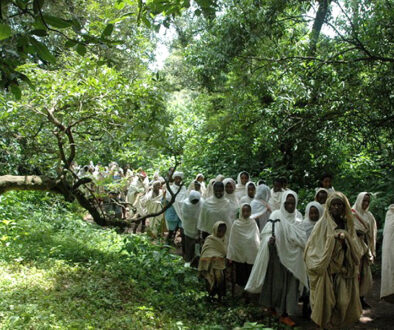Is Nothing Sacred? Corporate Responsibility for the Protection of Native American Sacred Sites
Zarsky, Lyuba2006
Conflicts between Native Americans and U.S. corporations over threats to culturally significant places are escalating. Native American groups have been able to stop or mitigate the destructive effects of some corporate developments, but each battle is long and costly, and new threats continue to emerge. To raise the protection of sacred sites to the level of a social norm, innovations are needed — not only in law but also in corporate practice.Part I of this report defines sacred sites — places that hold “significant spiritual value” for Native American tribes, nations and bands — and suggests that protecting such sites is in the public interest. Part II presents case studies of six conflicts between Native Americans and corporations. In several of the conflicts, the willingness of both sides to engage each other in dialogue generated mutually acceptable outcomes. Part III uses the lessons learned in the case studies to define what corporate good practice might look like with regard to protecting sacred sites. (Summary extracted from the article)
Reference
Zarsky, Lyuba. Is Nothing Sacred? Corporate Responsibility for the Protection of Native American Sacred Sites [On-line]. La Honda, California: Sacred Land Film Project, 2006. <http://www.sacredland.org/home/resources/tools-for-action/reports-and-guidelines/new-report-is-nothing-sacred-corporate-responsibility-for-the-protection-of-native-american-sacred-sites/index.html> [Consulted: 5 November 2015].




